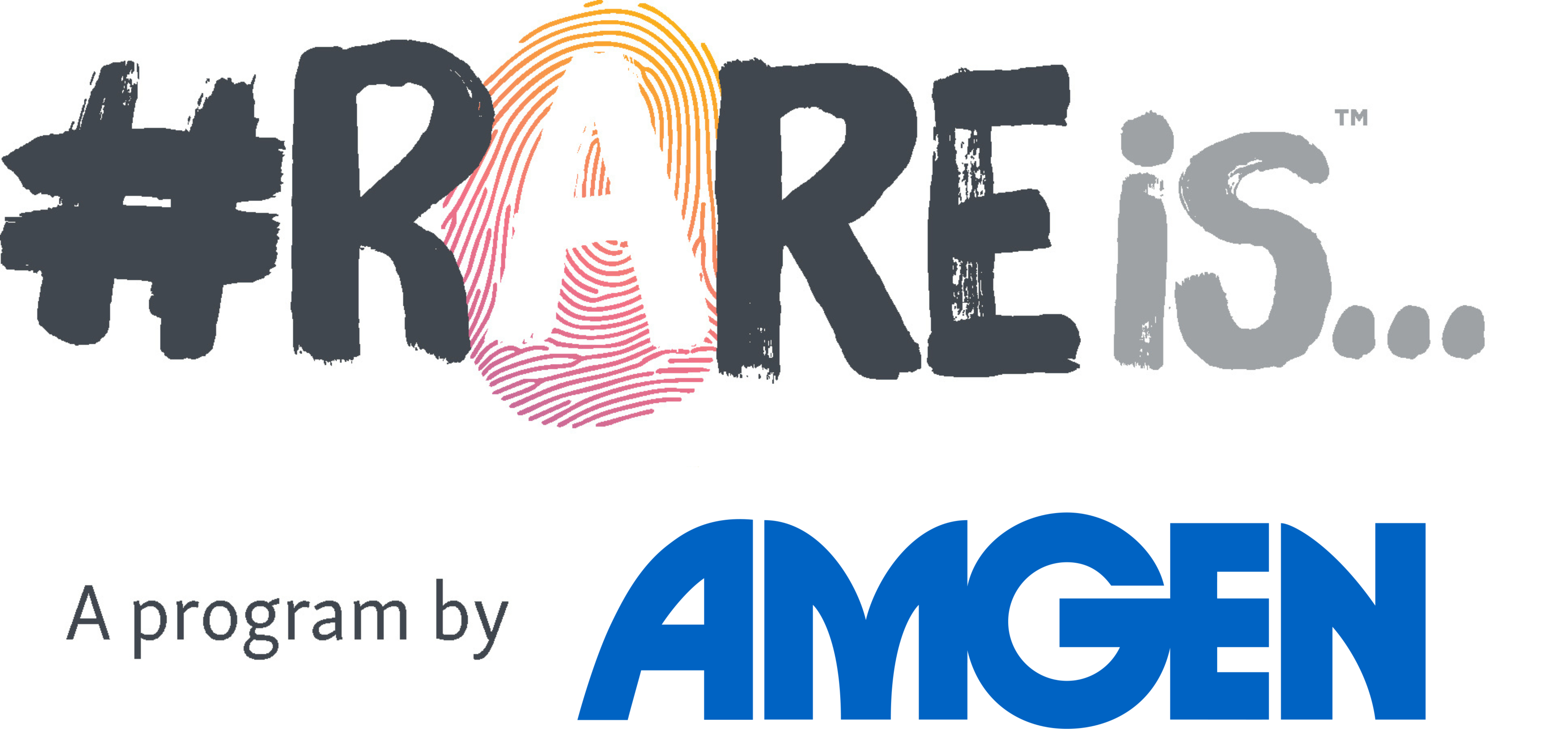Being the parent of a new baby is never easy. You worry about the simplest things. Are they eating, sleeping, pooping, crying too much… or not enough? Most worries, thankfully, can be put down to too many sleepless nights, but some may be a red flag to something more serious.
Infantile spasms, although rare, are a medical emergency. By arming yourself with some basic knowledge about the condition, you can learn how to tell when a movement your baby makes is normal, or when it might be the sign of something that needs to be checked. If you suspect something is not right, it’s important to know what to do and where to go for advice, because early diagnosis can make all the difference to your child’s long-term health and development.
What are infantile spasms?
Infantile spasms are a type of seizures that can lead to permanent damage in a baby’s brain. They are sometimes misdiagnosed because they can be easily confused with less severe conditions, such as colic or reflux, or just normal baby movements like the startle reflex. They usually occur in children under one year of age.
The spasms are caused by a condition that can be thought of as an electrical storm going on in the baby’s brain. The condition triggers movements that are usually repetitive but often subtle, and it is this subtlety that can cause them to be overlooked. The most common movements are jerking of the baby’s mid-section, like a sort of body crunch; dropping or ‘bobbing’ the head; raising of the arms or wide-eyed blinks.
To see what infantile spasms look like, watch these videos from the Infantile Spasms Project here.
STOP – and remember the signs
Being able to identify spasms is critical for parents, caregivers and providers. The Infantile Spasms Action Network, a network of 32 groups focused on raising awareness of the condition, has come up with a helpful way to remember what to look for. Remember the acronym STOP Infantile Spasms. This stands for:
See the signs: Clusters of sudden, repeated, uncontrolled movements like head bobs or body crunching
Take a video: Record the symptoms and talk to your doctor immediately
Obtain diagnosis: Confirm an irregular brain wave pattern with an EEG test
Prioritize treatment: End spasms to reduce any risk of developmental delays
If you think your regular doctor may have missed a diagnosis of infantile spasms, then you should get a second opinion. Depending on where you are, you can go to a Tuberous Sclerosis Complex (TSC) Clinic, a Pediatric Epilepsy Center, see a neurologist with expertise in treating TSC or visit the emergency room of a children’s hospital. Make sure you say that you think your child is having infantile spasms and bring along a video if possible.
Infantile spasms and TSC
TSC is a rare genetic disorder that causes tumors to form in various organs of the body, but mainly the brain, eyes, heart, kidneys, skin and lungs. It’s the leading genetic cause of both epilepsy and autism and may also be a cause of infantile spasms. One third of babies with TSC will develop infantile spasms.
Early diagnosis and treatment of infantile spasms is important to ensure the best health outcome possible for a child with TSC who is having infantile spasms. The longer the spasms last before they are treated and controlled, the greater the impact on future development.
Help is at hand
There are several groups that provide help and resources for parents of children experiencing infantile spasms. Below is a list of three groups, but a full list of international groups can be found here.
The TSC Alliance’s goal is to find a cure for TSC while improving the lives of those affected. It does this through supporting research, raising awareness, helping people living with TSC access better quality care, and by advocating for the TSC community. Visit the group’s website for information on infantile spasms in TSC, as well as to access its TSC Navigator, a new online tool to help people on their TSC journey.
The Child Neurology Foundation connects people from all areas of the child neurology community to help those navigating the journey of disease diagnosis, management and ongoing care. For more information about neurologic conditions and infantile spasms, the signs and symptoms, causes, testing and treatment, visit the group’s website here. You can also request help from a Peer Support Specialist who will be able to advise on next steps if you have seen infantile spasms in your child.
Infantile Spasms Action Network
Made up of 32 national and international non-profit organizations, the Infantile Spasms Action Network was created to increase awareness and education of the condition, and ultimately STOP Infantile Spasms. The network’s website includes helpful resources for families and physicians, multiple videos showing what infantile spasms can look like, and links to groups in countries around the world dedicated to helping the child neurology community.

